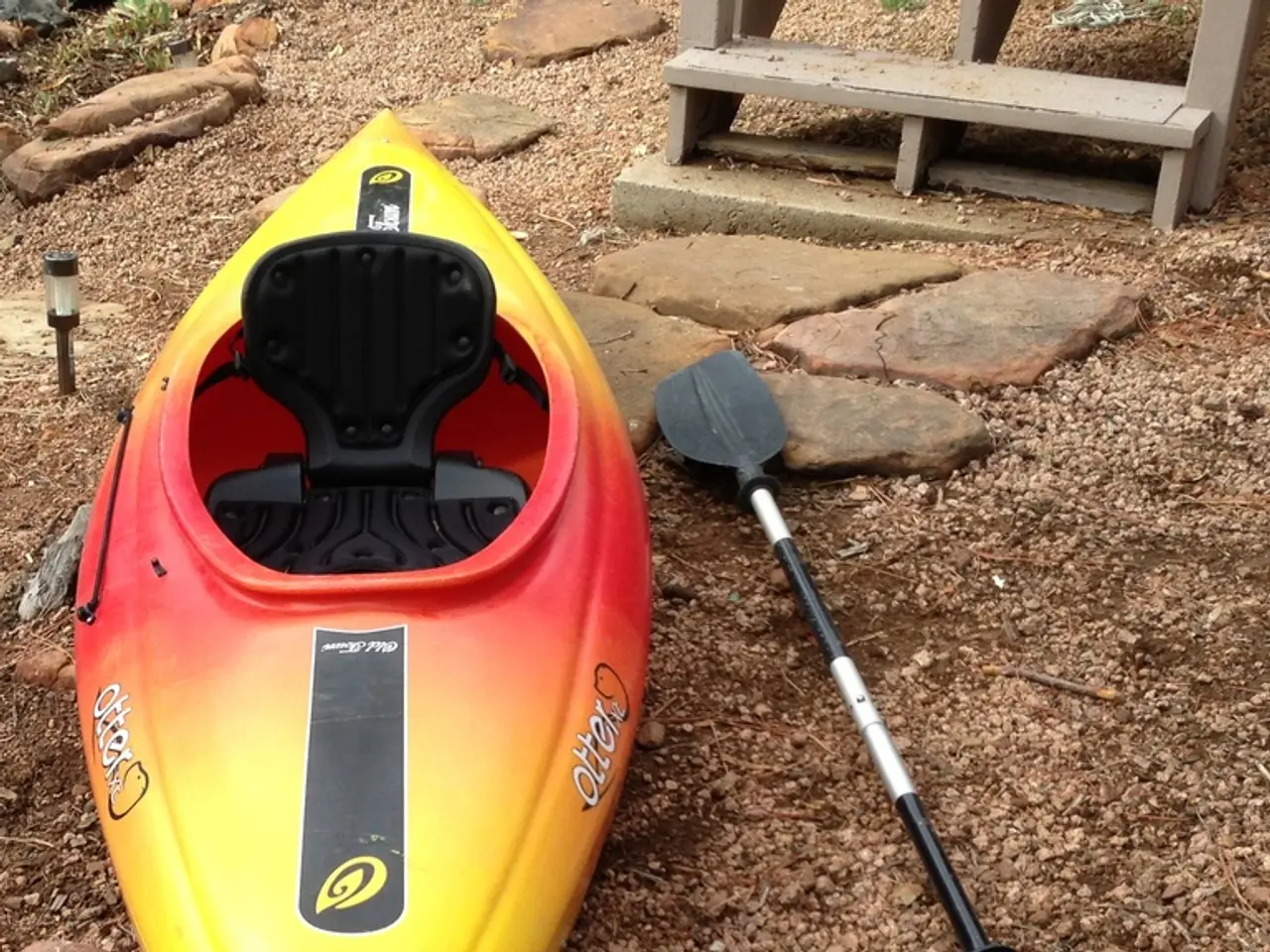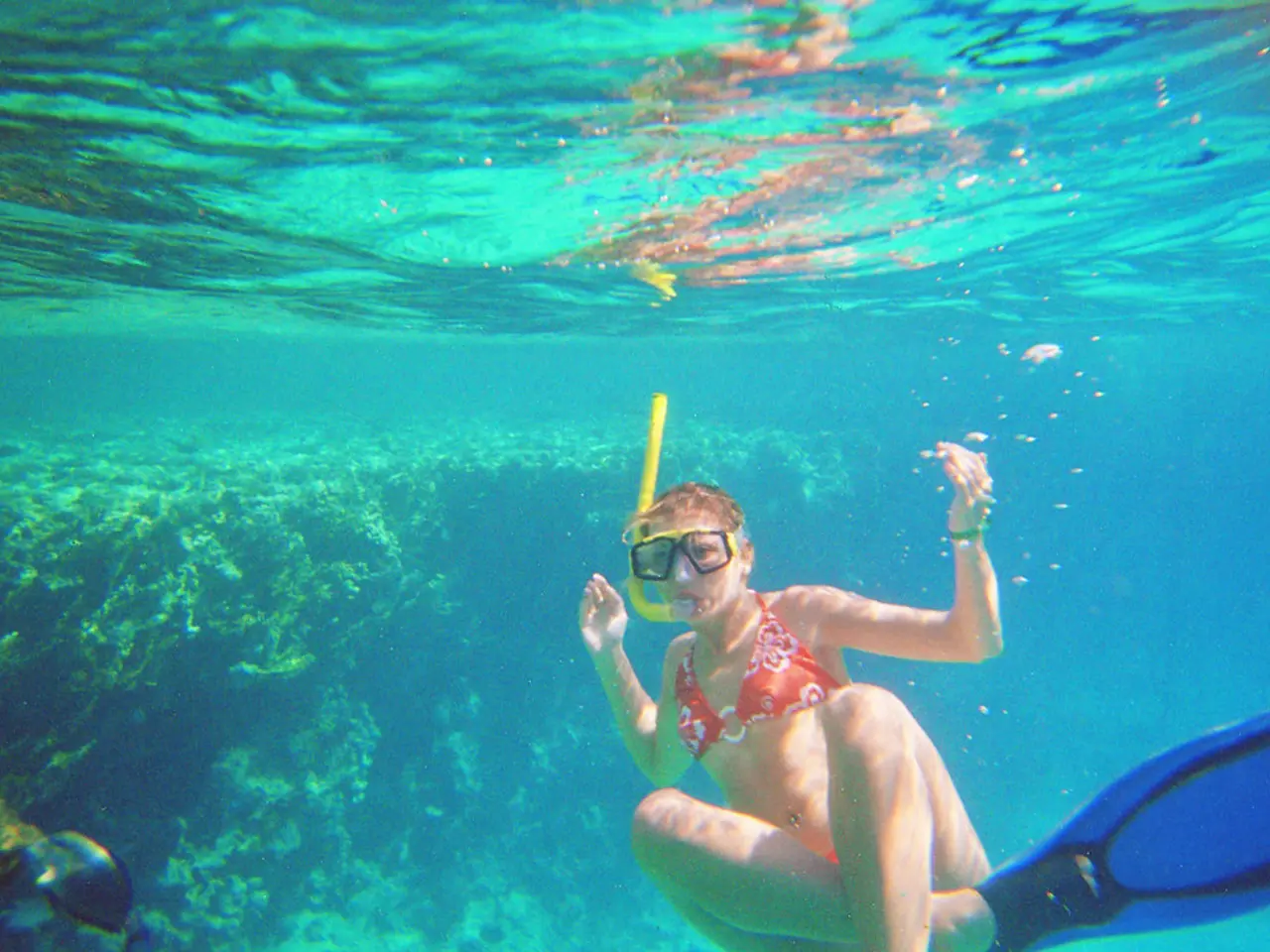Strategic advice on challenging mooring areas
Safe and Secure Anchoring: A Comprehensive Guide
Anchoring a boat is an essential skill for any mariner, and doing it correctly can make the difference between a peaceful, restful stay and a chaotic, potentially dangerous one. Here, we provide a guide to help you identify and anchor in a safe and suitable anchorage.
Choosing the Right Spot
When selecting an anchorage, consider shelter from prevailing winds, waves, and currents. Protecting your boat from weather changes, particularly from directions where shifts are most likely, is crucial to reduce strain on the anchor and boat movement.
The nature of the seabed also plays a significant role. Anchors hold best in soft mud or sand, but rock or grass may provide less holding and require special anchors or techniques. In mud, the anchor must be set properly, often needing time to settle and with enough scope to dig in well.
Setting the Anchor
Follow these steps to set your anchor:
- Lower the anchor slowly until it just reaches the bottom.
- Pay out chain/rope slowly while backing the boat gently to allow the anchor flukes to align properly and dig in.
- Once set, apply a snubber (a length of rope) to absorb shocks and reduce strain on the windlass.
- Allow time for the anchor to properly settle, especially in soft mud, to ensure good holding.
- After setting, secure the boat and consider using shore lines tied to solid ashore points for extra security if available.
Improving Stability and Safety
In challenging conditions or crowded anchorages, deploying a secondary anchor (e.g., a kedge or a stern anchor) increases security and limits swinging. Secondary anchors help maintain position and reduce load on the primary anchor.
In a rolly anchorage or to stop the boat yawing about, a second anchor can be useful to keep the boat head to the swell. When using a second anchor to take the full weight of the vessel, it needs to be as well set as the main anchor and have good holding power.
Additional Tips
- In rocky bottoms or in the vicinity of coral, trip lines can be useful, but they can also cause problems by winding around the chain.
- To set a kedge without a dinghy, flake the kedge and chain on the transom of the yacht, ease out an extra 20-40m of chain on the bow anchor, and drop the kedge and pay out the chain.
- When recovering a second anchor, use a fender, board, or cloth to protect the dinghy's topsides, or recover using the yacht's windlass.
- If conditions change and the boat lies beam on to the wind, there will be a big load on both anchors in a fore and aft configuration.
- A fender on a line slightly longer than the maximum expected depth will keep the buoy above the anchor.
Wimsey's kedge is a 20kg Danforth with 20m of chain and 20m of warp. A kedge can be rigged from the bow (Bahamian moor) or the stern, depending on the vessel and conditions. The Bahamian moor allows the boat to swing freely while still tethering it into a single position.
To set a kedge from the dinghy, attach a buoyed trip line to the kedge, flake the chain and warp down into the dinghy, and then drive the dinghy astern until the anchor is in the desired position.
In summary, select a sheltered spot with a suitable seabed and depth, allow enough scope for safe swinging, set the anchor carefully to ensure it digs in, and consider using secondary anchors or shore lines for improved stability and safety.
- Ensuring stability and safety, deploying a secondary anchor such as a kedge or a stern anchor can increase security and limit swinging in challenging conditions or crowded anchorages.
- In rolly anchorages or when stopping the boat from yawing, a second anchor can be useful to maintain position and reduce load on the primary anchor, especially if it is set as well as the main anchor and has good holding power.








